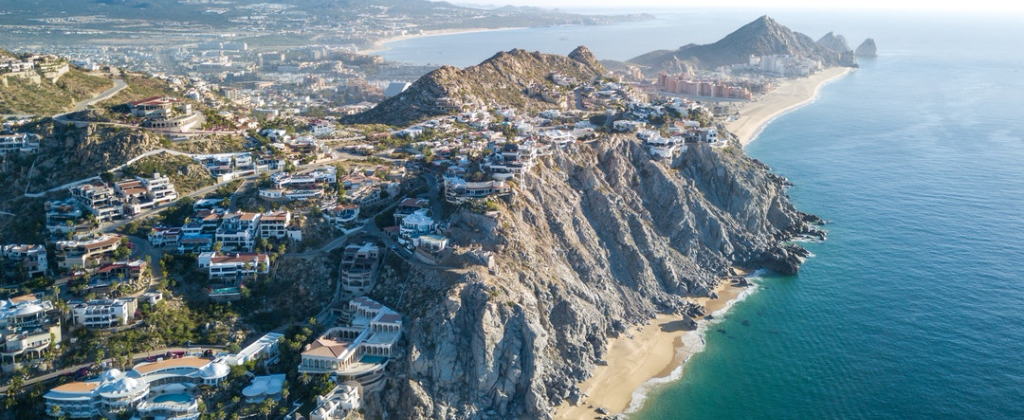Cabo Espichel: The place where dinosaurs met The Holy Virgin
Try to visualize the scene: It is Saturday afternoon, and the strong winds from the Atlantic Ocean cozily embrace your face while you are enjoying a delicious green tea mug. You can not avoid taking a look at the breathtaking landscape of the cape. But at the same time, you are paying attention to a local farmer, Nuno. He is naturally excited while telling you the story about how a 13th-century man, had a vision of a great light shining over the cape and, in that place, he saw the Nossa Senhora (Holy Virgin in Portuguese) climbing over the cliffs on a giant mule.
Nuno points over some trackways left as the path taken by the Holy Virgin. According to him, soon after this event, the place became an important pilgrimage location, and a small church was built, called Ermida da Memória (Memory chapel). This famous and fabulous scene can still be seen today with its arched roof and a tiles panel.
On telling the story, Nuno, who is also an agronomical engineer, smiles recognizing that the path he first pointed as the followed by the giant mule is indeed part of the Jurassic dinosaur fossil trackways exposed in the cape’s cliffs. Yes, you are sipping some tea while you behold the most ancient known representation of dinosaur trackways in the world. You can live this experience at Cabo Espichel.
Where is Cabo Espichel?
It is a cape that rises 160m over the sea level, situated on the western coast of Portugal. It is part of the Setúbal Peninsula, just underneath the Lisbon region with an extension of approximately 100 kilometers. The coast of Setúbal is made up of rugged cliffs that look out onto the vast Atlantic Ocean.
City of dinosaurs and legends
Remember the trackway Nuno pointed as the path of the giant mule? Well, that place is called Pedra da Mua track site. It contains the footsteps of both Sauropod and Theropod dinosaurs. This is just one of the ten different dinosaurs tracks at Cabo Espichel alone. Sauropods, for instance, were plant-eating dinosaurs with extremely long necks. Based on fossil records, they could grow up to 39 meters in length, so they were by far the largest animals to ever live on land.
There are various legends associated with the cult of Nossa Senhora da Cabo, many contradictory (like the one Nuno mentioned before) that situate the devotion during the Middle Ages. It is possible that the cult is a consequence of Christianization of other sects that appeared in the pre-history and continued to the Moorish occupation. The worship, though, is probably medieval dating from the 13th century, with the first references looking in the 14th century when King D. Pedro I sent a royal letter mentioning the fact.
For more than just the mentioned reasons, we extend a warm invite for you to visit us at Etosoto Cabo Espichel, an innovative eco-hotel, and organic farm project. We offer you:
-The opportunity of spending holidays in low-impact facilities.
-Relaxing while living experience in harmony with nature in its diversity and abundance.
-Just having a break far from the norms and constraints, with a resolutely optimistic view.
But many other experiences you can enjoy at Etosoto. Check our videos, and get related to our creative and innovative vision.

